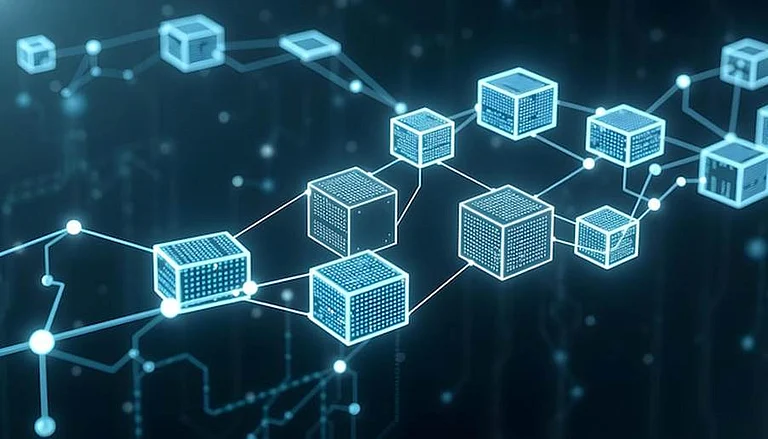In the rapidly evolving supply chain management landscape, SAP warehousing and distribution systems are undergoing transformative changes driven by emerging technologies. As Sohit Reddy Kalluru highlights, automation, artificial intelligence (AI), the Internet of Things (IoT), robotics, and Radio Frequency Identification (RFID) are becoming critical components in the toolkit of modern supply chains, significantly enhancing efficiency, accuracy, and resilience. These innovations streamline operations and empower businesses to respond swiftly to disruptions and dynamic market conditions.
Artificial intelligence is increasingly vital in enhancing the agility and responsiveness of supply chains. Industry reports indicate that AI-driven predictive analytics have the potential to reduce forecast errors significantly and improve fill rates, allowing companies to meet customer demand better. AI's capabilities extend beyond basic forecasting; it also enhances inventory management and real-time decision-making, enabling businesses to identify potential risks, such as supply delays or market shifts, before they impact operations. By rapidly sourcing alternative suppliers or rerouting shipments, AI helps mitigate the risk of breakdowns in the supply chain, which is crucial in today’s volatile economic environment.
To provide context, substantially reducing forecast errors can enable companies to predict their inventory needs and minimize waste more accurately. Similarly, enhancing fill rates can lead to more timely fulfillment of customer orders, ultimately improving service levels and customer satisfaction.
Automation technologies are revolutionizing the warehousing sector, addressing labor shortages and increasing operational costs. Global warehouse automation spending is expected to grow considerably in the coming years, driven by advancements in Automated Guided Vehicles (AGVs), Autonomous Mobile Robots (AMRs), and mobile-powered workstations. These technologies are pivotal in reducing dependency on manual labor, speeding up order processing, and increasing throughput.
Integrating these automation tools with SAP Extended Warehouse Management (EWM) systems allows businesses to automate complex tasks like order picking and packing. Initial studies suggest that this integration can significantly increase order picking and processing speeds while reducing common errors associated with manual sorting and packing tasks. This enhancement means that warehouses can handle larger volumes of orders with fewer mistakes, ultimately leading to improved efficiency and cost savings.
Robotics plays a transformative role in modern warehousing, with the market projected to grow considerably shortly. The deployment of robotics, including AMRs and AGVs, allows warehouses to operate around the clock, automating repetitive tasks and minimizing human intervention. By integrating robotics with SAP systems, companies can achieve real-time data exchange, which enhances inventory tracking, speeds up decision-making, and optimizes overall workflow efficiency.
Robots also reduce workplace injuries and improve safety by taking over hazardous tasks, allowing human workers to focus on more strategic roles. This shift boosts productivity, helps businesses better manage labor costs, and creates a safer working environment.
RFID technology is another key driver of efficiency in supply chain operations, providing real-time visibility into inventory levels and movements. This technology has been shown to significantly improve inventory accuracy, helping minimize human errors often associated with manual stocktaking. When RFID is combined with IoT, the benefits are further amplified. IoT-enabled sensors connected to SAP EWM systems can automate processes such as reordering inventory when stock levels fall below a certain threshold and monitoring the condition of goods, particularly perishable items.
IoT sensors also play a crucial role in equipment maintenance, providing early warnings of potential failures. For example, sensors can monitor the health of critical machinery within the warehouse, alerting managers to issues before they cause costly downtime. This proactive approach to maintenance extends the equipment's lifespan and ensures that operations run smoothly and without interruption.
Sustainability is increasingly becoming a priority in supply chain management, and SAP’s solutions are at the forefront of helping companies reduce their environmental footprint. By leveraging data-driven insights, businesses can optimize logistics planning and transportation routes, which can lead to reductions in fuel consumption and carbon emissions. Companies adopting sustainable supply chain practices are increasingly finding ways to align with global efforts to combat climate change.
SAP’s focus on sustainability extends to helping companies minimize waste and engage in responsible sourcing. This approach meets regulatory requirements and customer expectations and creates long-term value by building more resilient and eco-friendly supply chains.
As integrating AI, automation, robotics, RFID, and IoT redefines warehousing and distribution, businesses are better equipped to build resilient, agile, and efficient supply chains. These technologies do more than just enhance speed and cost-efficiency; they set new standards for excellence in the field, allowing companies to navigate global challenges and stay ahead of the competition.
The convergence of these technologies will drive transformative changes across industries, reshaping how supply chains are managed and setting the stage for the next generation of warehousing and distribution. By embracing these advancements, companies can improve operational efficiency and build a foundation for sustained growth and success in an increasingly complex and interconnected world.


























